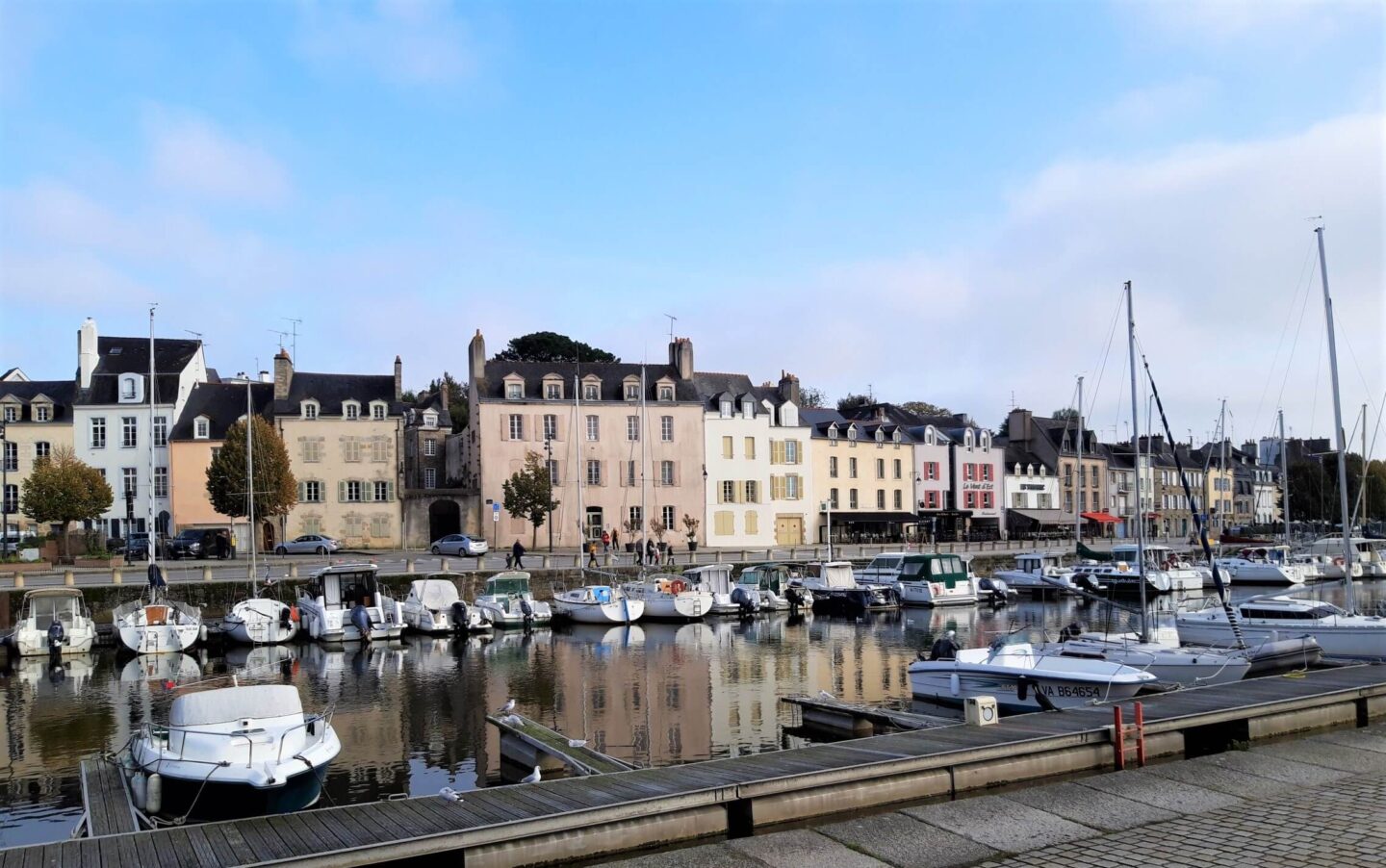One thing I think you should know about Donegal is that it has no railways!
Well that’s not totally true – it has one. The Fintown Railway runs for a few miles alongside Lough Finn. What you are not told is that the main road runs alongside the Fintown railway – so the views from the train are no different (in the main) from the views from the road. Also, the rail line is only open from June – so I can’t do a review (unless I had waited 3 months for the next train.)
Buses are also few on the road – where I was staying on the Dooey peninsular – after a 2 mile walk to Lettermacaward I would be faced with the choice of two bus routes from https://www.buseireann.ie/ and local link Donegal. The positives would be that it would mean you could really see the countryside (instead of having to look at the road) but be aware of the bus time table – you really wouldn’t want to be stuck in Fintown at night (not that there is anything wrong with the place – but, well … there isn’t a lot to do!)


As mentioned in my previous post there is cycling http://www.donegalcycleroute.ie/ It wouldn’t be my first choice – the roads are narrow and a bit scary with sheer drops at times. Though it would allow you to get to places that cars couldn’t and, certainly in March, the roads are quiet. One thing that is less of a worry now is drink drivers.
The penalties for the offence are severe and one that the locals take very seriously. There is also the fact that the Guarda can stop any vehicle at any time to breathalyse the driver, (and they do regardless of how much traffic they hold up!) As one of the main penalties is to lose your licence and as public transport is so thin, many feel that they would lose their jobs if they were caught – so it is not surprising now to see many drinking non-alcoholic drinks in the bars – different to the hard-drinking culture that was my stereotype of Ireland. Indeed recently I was in a bar frequented in the past by the hard living Oliver Reed – only to find a group of singers and players all drinking non-alcolholic stuff … he would be turning in his grave – but I am getting ahead of myself.
So as long as you can keep sober, driving is probably the best option for getting out and about in Donegal. But what about the roads? Well there are 5 classes in Ireland but one of them, Motorways are not present in Donegal. That leaves N roads (National) which are dual carriageways or fast single carriageway roads with easy passage. R roads (Regional) which for the most part are very good, dual track roads … then there are the L roads – or “Bloody L” roads as I came to know them. Now some of these roads are okay. Some – but it would be as well to ensure you have good suspension before tackling others. And then there are the unclassified roads. Well I am nothing if not intrepid – but driving along roads where the centre rises up to lift your car off the ground is not my idea of fun. Obviously, these tracks were meant for tractors and trailers only – but I had to find out the hard way. Apart from the N and most R roads, the other thing you will quickly notice is that the roads are narrow by UK (and certainly) US standards. This is something that Irish drivers are used to and they are a better judge of two cars widths than I will ever be. Many is the time when I thought – “one of us is going to come a cropper here” and yet we have passed without a scratch. In fact I don’t think my wingmirror was ever bumped all the time I was in Donegal. So that says a lot about how good the drivers are there.

Another thing to be aware of is that in the Irish speaking areas of Donegal (and Ireland in general) – the Gaeltacht, all the direction signs are in Irish – so it is helpful to know the Gaelic for where you are going to (for instance Lettermacaward was signed as “Leitir Mhir an Bhaird.”) If the place name is in Gaelic, it is usually shown in italics.

One thing that you might see in Ireland, which I have never come across anywhere else – are signs for a wake. Now in the UK – we do have wakes, usually small affairs and people would not think of putting signs up for them. In Ireland wakes can be HUGE and not only will you see signs but you will see bollards put up by the funeral companies, asking people not to double park in order to keep the roads clear. I saw these boards and signs a couple of times and on one occasion I was very glad they were there. The road I was on was narrow enough without the addition of parked vehicles and it was tricky to manoeuvre through them all. I did hear that one funeral company felt that yellow bollards were not right for the formality of the occasion, so decided on black ones instead. Although this backfired when the wake went on into the evening and no-one could see the bollards. But then again, this might just be a Donegal story.








